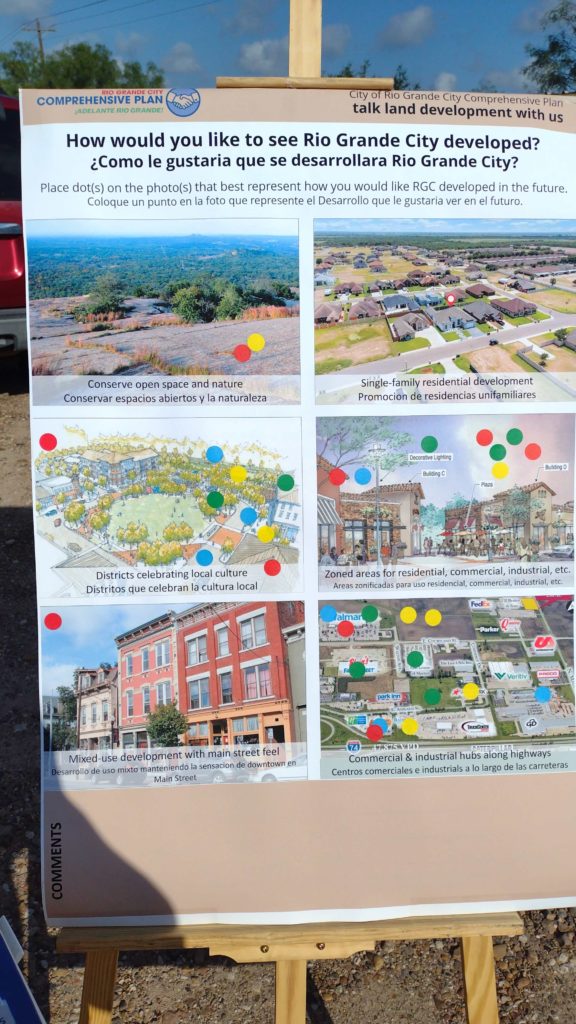Young children need fruits and vegetables daily to support healthy growth and brain development. A new study found that in the week prior, many Texas children did not eat a fruit or a vegetable daily and regularly drank sugary drinks. Learn what parents and caregivers can do. https://www.cdc.gov/nccdphp/dnpao/features/nutrition-month/index.html














